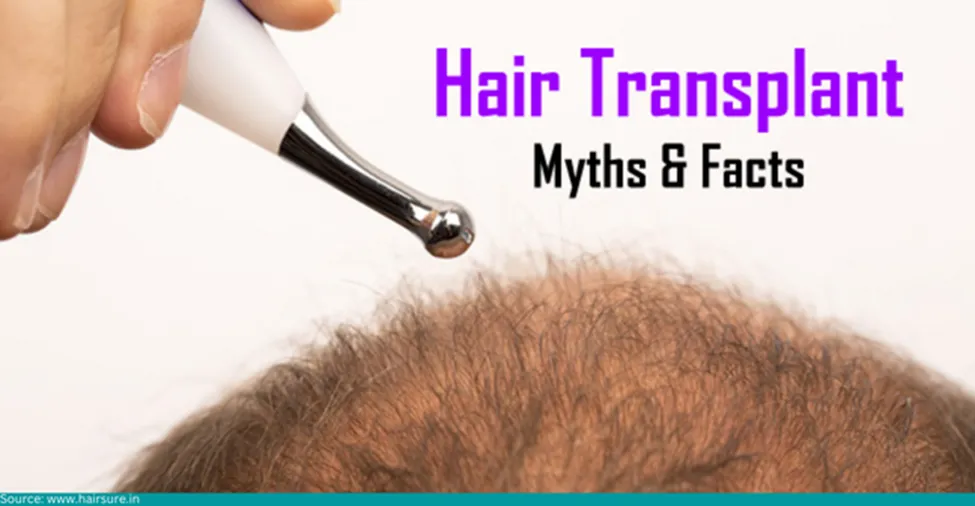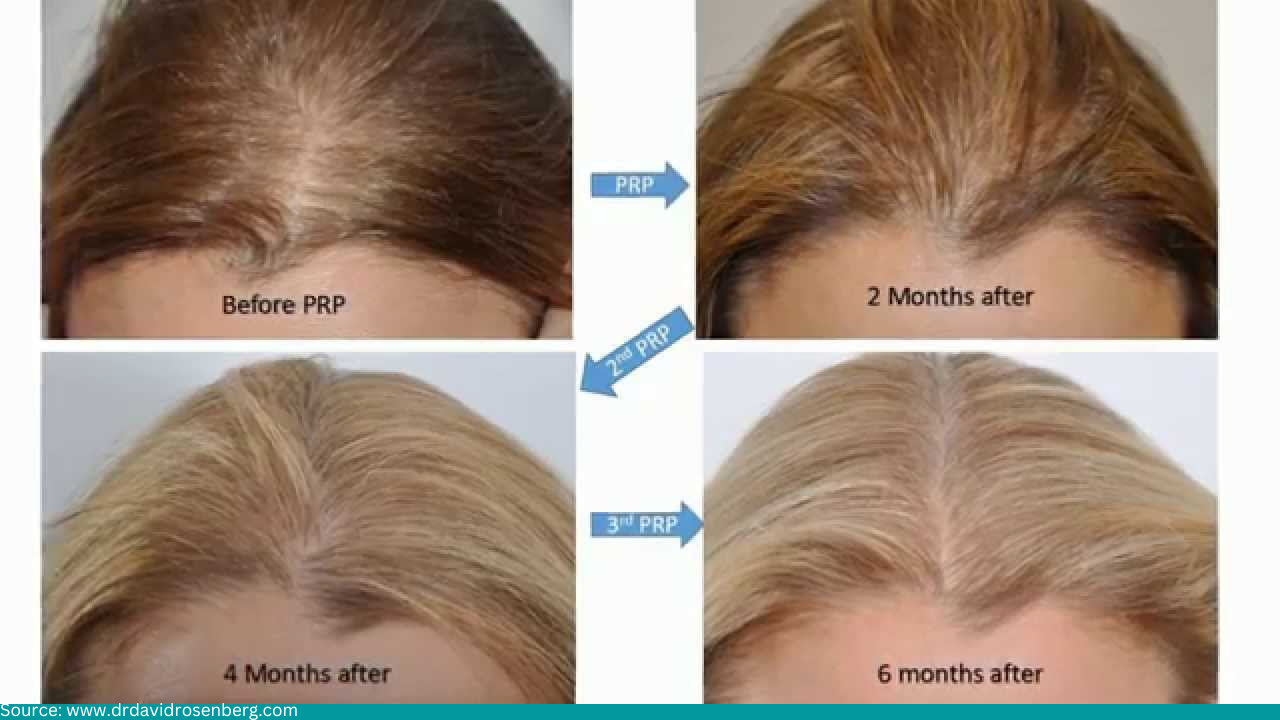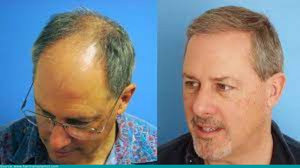
Hair loss is a condition that affects millions of people around the world. It can be caused by various factors, including genetics, aging, hormones, and disease. Although it is usually not a serious medical condition, hair loss can be a difficult and emotionally distressing issue to deal with.
Hair loss is a problem that affects both men and women, and while there are many treatments available to help slow down or stop hair loss and restore some of the lost hair, a hair transplant is one of the most effective solutions.
A hair transplant is a surgical procedure that removes hair from one area of the body and transplants it to another, explains the well-known Dr. Deepesh Goyal, founder of Rejuvena Cosmo Care, a state-of-the-art hair clinic for plastic surgery in Jaipur.
However, there are many misconceptions about this treatment, and before making a choice, we need to be clear on the facts and myths surrounding hair transplants.
Myth 1: You get instant results after a hair transplant

The results of a hair transplant take time to manifest, just like natural hair growth does. It will take between 6 and 9 months after your hair transplant procedure for your hair to grow consistently. This timeframe may last 12 months for some individuals.
Dr. Deepesh Goyal, an eminent hair transplant surgeon in Jaipur, says it is crucial to know that transplanted hair goes through a “sleeping” or “shock” phase during which you may experience hair loss, which is quite natural. Following that, the strong roots will begin to sprout hair that will look completely natural and integrate with your existing hair.
Myth 2: Hair transplants are very painful
Procedures for hair transplants are carried out while the patient is under local anesthetic, so you will not experience discomfort or pain during the treatment. You may experience a little discomfort during the anesthesia injection, but the actual procedure is not painful.
Patients who experience mild pain after the anesthetic wears off can be prescribed painkillers by the surgeon to lessen their suffering for 2 to 3 days.
Jaipur’s renowned hair transplant surgeon, Dr. Deepesh Goyal, adds that the advanced FUE (Follicular Unit Extraction) procedure involves using small punches between 0.7 and 0.8 mm to remove donor hair follicles. Because these punches heal quickly, patients require little pain medication and can return to work within 2 to 3 days.
Myth 3: Hair transplants are only for men
Many people mistakenly believe that MPB (male pattern baldness) is the only type of baldness that requires hair restoration. In reality, men and women might experience hair loss or baldness. However, the balding patterns of men and women differ.
Women experience hair loss differently and have a tendency toward diffuse thinning, whereas men experience bald spots in the front or back of their heads.
Hair transplants are not just for men but for women as well. In fact, hair loss affects millions of women, and a hair transplant can be an effective solution for them.
Myth 4: Hair transplants can cause scarring
Previously, linear scars were quite visible after a hair transplant procedure. However, the visibility of post-surgical scars has lessened thanks to technological developments. If you opt for the FUT procedure, only a little scar is visible, but the surrounding hair may easily conceal it.
Therefore, you must select a skilled surgeon who performs the procedure with utmost care and precision while causing minimal scarring.
At Rejuvena Cosmo Care, the highly-skilled hair transplant specialist, Dr. Deepesh Goyal, employs cutting-edge methods like FUE or DHT, making scarring unlikely.
Good outcomes make his patients happier and give them more self-assurance to flaunt their newly regenerated hair.
Myth 5: Hair transplants are not permanent
The main advantage of having a hair transplant is that it provides long-lasting results. However, you need to understand that your newly transplanted hair will start falling initially due to the shock of being displaced from its original site. But you need not panic as it is natural, and the shock phase is temporary.
Once the shock phase is over, the hair follicles will settle down in their new site. After that, the new hair will grow stronger and blend in naturally with the surrounding hair. Your doctor will explain the post-operative care guidelines to help you ensure that the transplanted follicles continue to grow hair for a lifetime.
Myth 6: Hair transplants are not for older people
Contrary to popular belief, hair transplants are not just for younger individuals. No matter what gender a person is, they can get a hair transplant if they are between the ages of 25 and 70. No age factor affects the operation.
A person younger than 25 is typically not considered a good candidate for a hair transplant. This is because it is difficult to determine their hair loss pattern at that age. However, people in their early 20s who want to increase the thickness of their hairline may decide to get a preliminary transplant.
Myth 7: Hair transplants do not look natural
The goal of hair restoration methods is always to appear subtle and natural. If the hair transplantation is carried out under the guidance of a qualified and reputable surgeon like Dr. Deepesh Goyal, you will not need to be concerned about how your hair looks.
Dr. Goyal examines the angle of the hair and grafts and the placement of follicles to provide a very natural appearance to your transplanted hair. Once the transplanted hair settles in and starts growing, you can flaunt and cut your hair any way you desire.
Conclusion

Hair transplants are fantastic options for men and women over 25 who wish to address hair loss symptoms or baldness. However, if you are considering having a hair transplant, you must have reasonable expectations.
Surgery for hair restoration cannot stop hair loss or prevent baldness and does not give instant results. Hair transplants are not painful and are performed under local anesthesia. They do not cause scarring, as the incisions made during the procedure are very small. In addition, the surrounding hair typically hides the scars, so they are not visible.
Now that you know the truth about some of the most common myths about hair transplants, you can make an informed decision about whether this treatment is right for you.
If you want to know about hair transplant cost in Jaipur, please meet Dr. Deepesh Goyal so he can assess your condition and provide details.
Dr. Goyal is among the preferred hair transplant surgeons for people seeking hair transplants in Jaipur.

